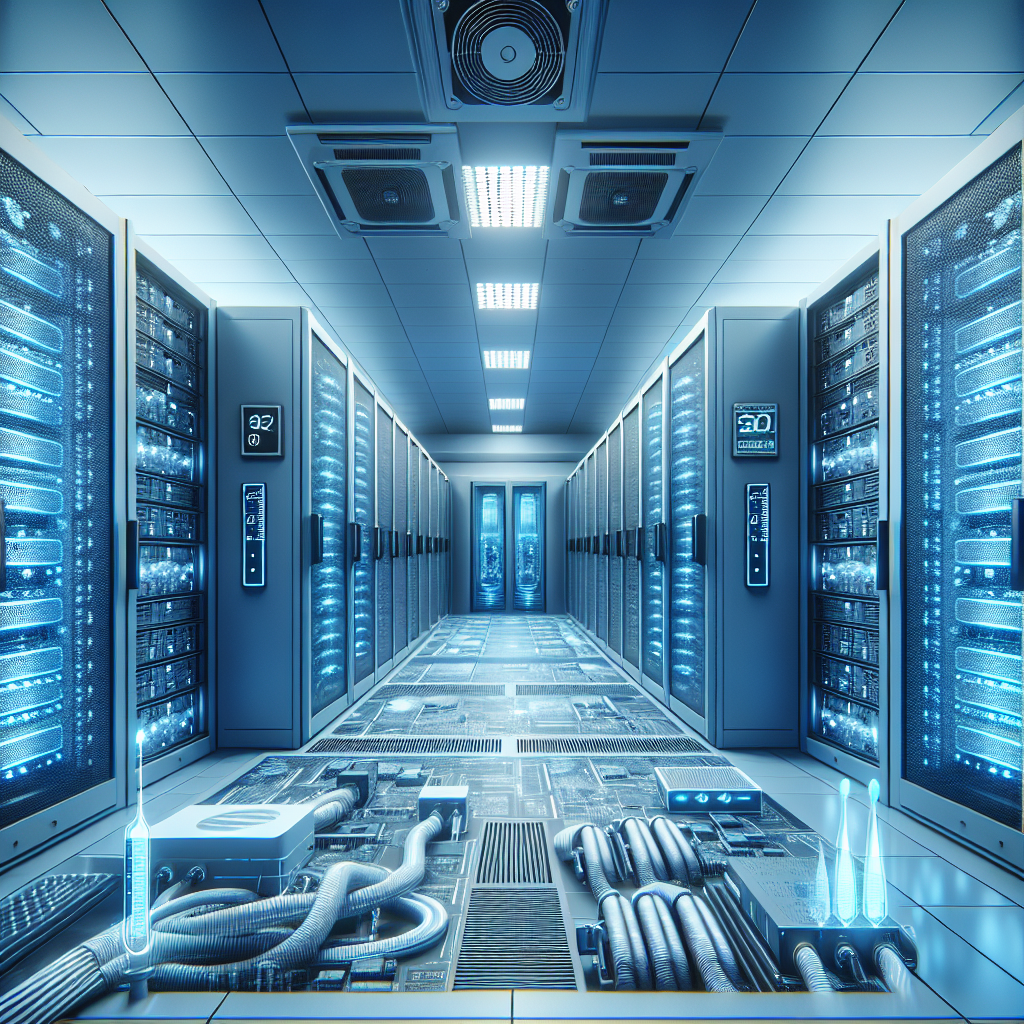Your cart is currently empty!
The Future of Data Center Cooling: Trends in HVAC Systems

As technology continues to advance at a rapid pace, the demand for more powerful and efficient data centers is increasing. With the rise of cloud computing, big data analytics, and artificial intelligence, data centers are handling more data than ever before. This has led to a significant increase in the amount of heat generated by these facilities, making data center cooling systems more important than ever.
In the past, data centers relied on traditional HVAC systems to keep their servers cool. However, as the demand for more efficient and environmentally friendly cooling solutions has grown, new trends in data center cooling are emerging. These trends are shaping the future of data center cooling, making these facilities more energy-efficient, cost-effective, and sustainable.
One of the key trends in data center cooling is the use of advanced cooling technologies, such as liquid cooling and direct evaporative cooling. Liquid cooling involves circulating a coolant through the servers to absorb heat, while direct evaporative cooling uses water to cool the air in the data center. These technologies are more efficient than traditional air cooling systems, leading to lower energy consumption and operating costs.
Another trend in data center cooling is the use of modular and scalable cooling solutions. These systems can be easily expanded or upgraded to meet the changing needs of a data center, making them more flexible and cost-effective. Additionally, modular cooling solutions are easier to install and maintain, reducing downtime and increasing overall reliability.
Furthermore, data centers are increasingly turning to renewable energy sources to power their cooling systems. Solar panels, wind turbines, and geothermal energy can all be used to generate electricity for data center cooling, reducing the facility’s carbon footprint and operating costs. By harnessing renewable energy sources, data centers can become more sustainable and environmentally friendly.
In addition to advanced cooling technologies and renewable energy sources, data centers are also implementing smart cooling systems. These systems use sensors and automation to monitor and adjust cooling levels in real-time, optimizing energy consumption and reducing waste. By using artificial intelligence and machine learning algorithms, data centers can predict and prevent cooling system failures, improving overall reliability and performance.
Overall, the future of data center cooling is moving towards more efficient, cost-effective, and sustainable solutions. Advanced cooling technologies, modular and scalable systems, renewable energy sources, and smart cooling systems are all shaping the next generation of data center cooling. By embracing these trends, data centers can meet the growing demands of the digital age while reducing their environmental impact and operating costs.

Leave a Reply